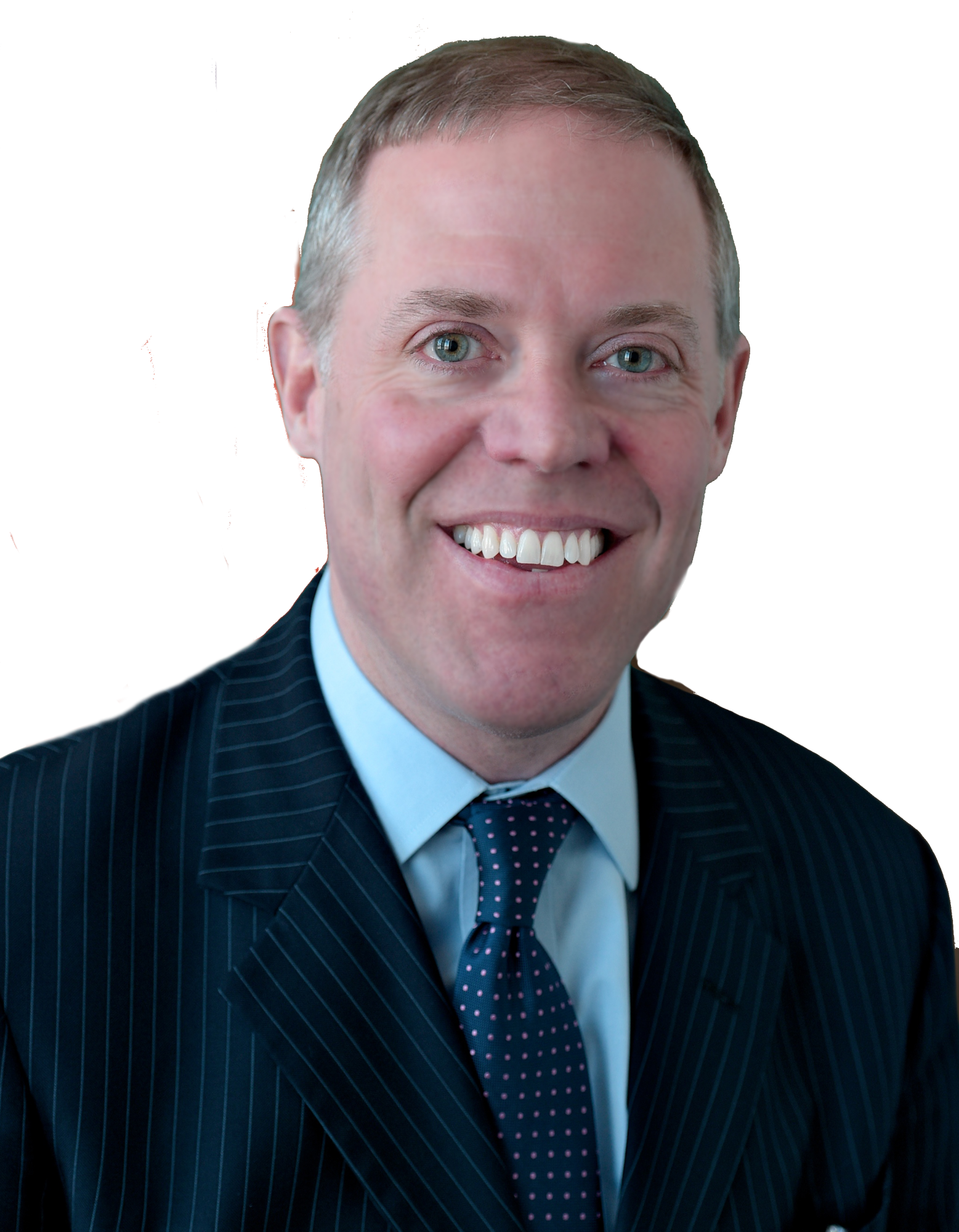Adding Residencies Would Help Bring Doctors to Rural Areas
According to the Healthcare Association of New York State, New York is facing a doctor shortage and that shortage is likely to intensify over the next decade. This is especially problematic for rural and low-income communities where there are even fewer doctors and a particular shortage of primary care doctors. Without enough primary care physicians to serve the community, patients lose access to regular checkups and good preventative care. They also lose that connection to the health care provider most likely to recommend a specialist or medical procedure that can sometimes save people’s lives or prevent a trip to the emergency room.
The need has been well documented. The federal Health Resources and Services Administration found that New York has 93 federally-designated health professional shortage areas. Out of those 93 communities, 70 are low-income, and have a high Medicaid population. Several factors are contributing to this shortage. For one, doctors are retiring at a high rate. According to the American Medical Association, about one-third of all physicians are expected to retire in the next decade. Another reason is fewer medical students are choosing to go into primary care in part because doctors who choose a specialty field are typically paid more. Other reasons have to do with preferences on where young professionals would like to live and work.
Policies at the federal level are also contributing to this shortage. Since 1997, the federal government has frozen Medicare funding for physicians residency training. Additionally, graduate medical education—hospital-sponsored or hospital-based training pursued after receiving a degree—continues to be cut. Despite the many factors influencing the shortage, there are changes that can be made at the state level to encourage physicians to serve rural and low-income communities. One solution is to increase the number of medical residency positions in New York’s hospitals. I sponsor legislation “New York Doctors of Tomorrow” to help create 50 new residency positions in underserved areas. In order to become a licensed physician in New York, doctors must complete three or more years of residency training after receiving a degree. Unfortunately, there are more medical graduates than there are residencies available and as a result, some graduates are not able to receive the training to become a licensed, practicing doctor in New York.
There are other ways the proposed solution would help low income communities. Graduates who accept a residency under this proposed program, if enacted, must i.) be New York state residents which would help New York graduates become licensed and ii.) agree to work in a medically underserved area for a minimum of five years after completing the residency. The hope is that more, younger doctors entering rural and underserved areas will settle into and practice in these communities. This is an important component of the program to encourage more doctors to make the region their home and become part of the community.
This area knows firsthand how much we need more doctors. My office receives calls from constituents on a regular basis who are looking for help accessing health care. Many times they have been told by primary care practices that they are no longer taking new patients and in some cases, people are forced to travel or choose to go without care. Though it would not solve all of our healthcare problems, this is one solution that would help provide better healthcare to underserved communities and prevent some of the costly emergency room care patients receive.
If you have any questions or comments regarding this or any other state issue, please contact me. My office can be reached by mail at 200 North Second Street, Fulton, New York 13069, by e-mail at barclaw@assembly.state.ny.us, or by calling (315) 598-5185.
